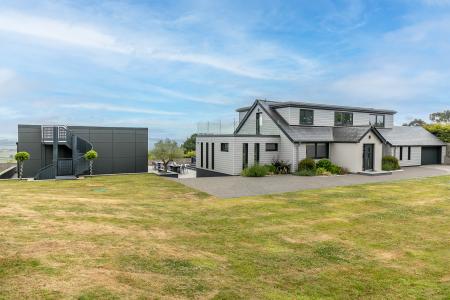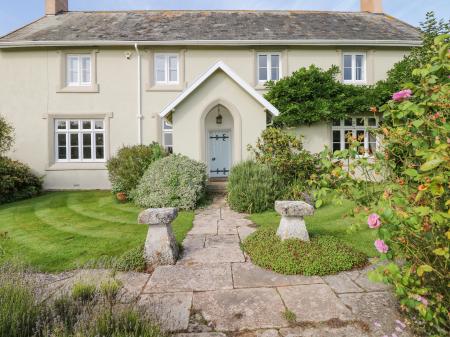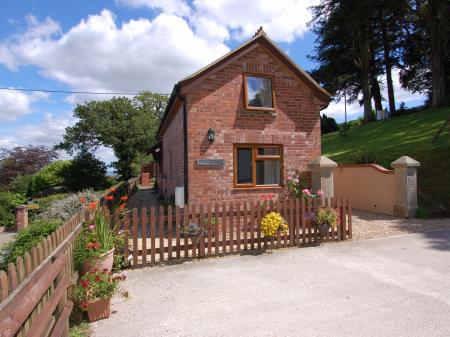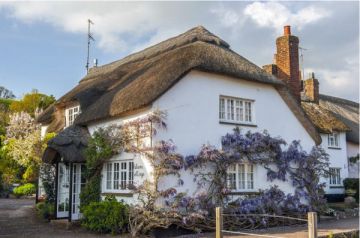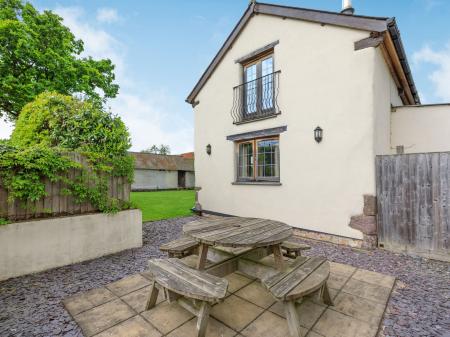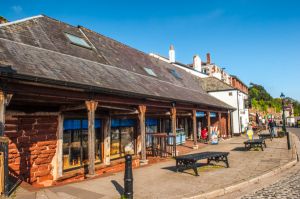
The overhanging roof was an essential part of the design, for cargos could be loaded and unloaded out of the rain.
The Quayside is a fascinating area, with a mix of historic architecture and modern shops. There are regular guided walking tours of Exeter leaving from the Quayside during the spring, summer, and autumn. There has been a quay here since Roman times, but by the 14th century, weirs were being built across the upper reaches of the river, so boats could get far enough upriver to unload.
Around 1560 John Trew built a canal to create access to the Quayside. The booming wool trade made this area a hive of activity. Cloth was prepared nearby at Cricklepit Mill and loaded onto ships at the Quay.
Just a few steps from the Quay House is Custom House, built in 1680 for officials who regulated trade passing through Exeter's Quayside. Though the wool trade diminished, the Quayside area was expanded with new warehouses and a canal basin for mooring boats.
The coming of the railway spelled the end for transport from the Quayside, but the area has been regenerated in recent years as a popular area for both tourists and locals, with cafes, shops, and recreational activities. Displays in Quayside House cover this long and often colourful history and provide an insight into Exeter's heritage.
